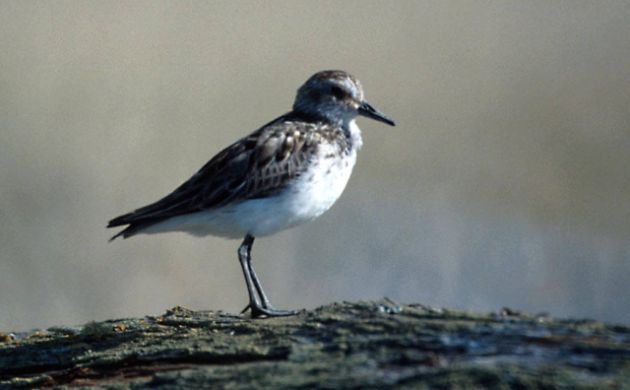
Rosh Hashanah, the New Year of the Jewish calendar, has come relatively early season-wise this year. While this allows for the delightful prospect of Thanksgivingakkah, with attendant turkey dreidels and whatnot, it does raise certain perennial questions of the nature of time itself, as applied to birding.
Most of the birders in the audience for this blog, and certainly those who record their year lists here, use the Gregorian calendar. It is common and widely recognized and for those very reasons, to most of us it just feels right. There are also certain psychological advantages. Even for a non-lister, the culture of resolutions and fresh starts surrounding January 1 can be a powerful spur to get out and go birding at a time when common sense would tell those of us in the Northern Hemisphere to stay inside and eat more pie, those of you in the Southern to stay inside and drink more gin. Combined with Christmas Bird Counts and (relatively) lavish year-end vacation time here in North America, the result is a time when we celebrate owls, finches, and sea ducks; when the local corvids are cheerfully ticked again; when feeders are filled and the odd overwintering individuals from some surprising species are documented. The golden warmth of tradition and the flickering light of new discovery are as one. It’s a good time.
But what if birders rolled their lists over at the beginning of Tishri? It is, after all, also a time of thought and change, a good day to decide that yes, this year I will do better, whether better means keeping a list or dropping one, birding greener, helping others learn the joy of birding, or merely engaging in a moment of quiet self-reflection about whether you really, really feel confident about that second-year gull. Jewish-calendar based year lists would start, depending on the year, with a burst of shore birds and waterfowl, a handful of late warblers, or the modest, meditative joy of migrant sparrows. Feeder birds and irruptives would show up just as the listing doldrums might otherwise set in.
Of course, the Jewish calendar also has Nissan 1, the first day of the first month and the New Year for the purposes of numbering the reigns of kings (or big year listers?) According to the Judaism 101 website, “In ancient times, this month [an extra month added onto the last year, inserted prior to Nissan] was added by observation: the Sanhedrin observed the conditions of the weather, the crops and the livestock, and if these were not sufficiently advanced to be considered “spring,” then the Sanhedrin inserted an additional month into the calendar.” Given the vagaries of spring migration in our climate-changing world, perhaps this is the model that birders ought to adopt; but given how long it takes us as a community to decide whether that Ash-throated Flycatcher was a hybrid or what, we’d find out when to start our list for any given year about half a decade later.
Could a lunisolar calendar work for birders? Would it make us more conscious of seasonal fluctuations? Should we have a special birding New Year, with our own customs, like amnesty for that one bird you ticked even though you only saw three tail feathers, or a feast of traditional roadside snack foods and shade-grown coffee? Or should we stick with the devil we know, and the days we already get off?













Carrie, your article prompted me to re-acquaint myself with the Jewish lunar calendar, extra month and all. And now my head hurts.
My tradition is to bird on Rosh Hashanah because, as I told my cousins, nature is my sanctuary. I have not considered the possibility of staring my year list on the first day of Tishri before. It makes a lot of sense!